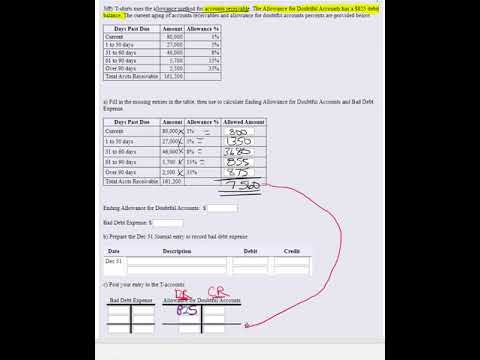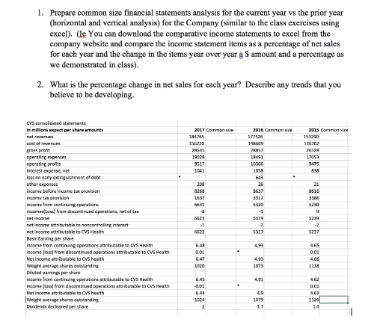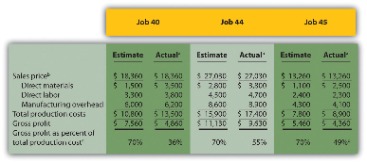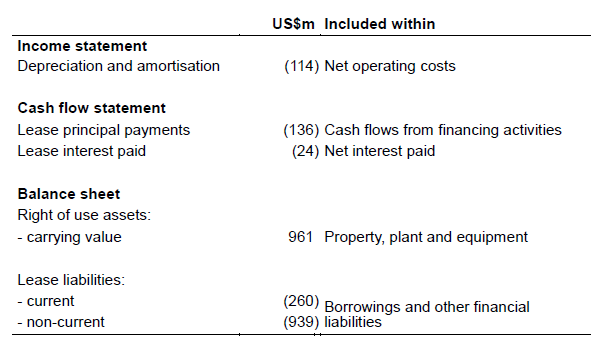
The process of clearing undeposited funds in QuickBooks Online involves several important steps to ensure accurate recording and reconciliation of payments. By following the step-by-step methods outlined in this article, you’ll gain a clear understanding of how to manage undeposited funds effectively, ensuring the accuracy of your financial data. Reconciliation involves matching records to bank statements, uncovering discrepancies, and ensuring that all transactions are accurately reflected. Categorizing transactions according to their nature helps in tracking income and expenses efficiently.
- Take your time to review each payment and select the ones that are ready to be deposited into your bank account.
- Did you connect your Clio account as a bank feds or through app integration on our QuickBooks Online App menu?
- As you can see above, my reconcile screen shows one deposit for those three payments and makes it easy for me to match with my bank.
- Quickbooks Online allows users to directly link undeposited funds to bank deposits, streamlining the process and providing a more accurate reflection of cash flow.
- You’ll also notice that when you click on the deposit, it expands and you can choose to edit.
Step 2: Create a Bank Deposit
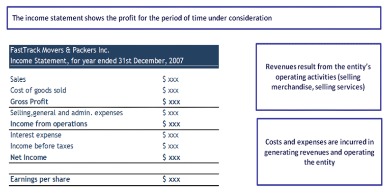
Identifying and addressing undeposited funds is crucial for financial accuracy, as it ensures that all income is properly recorded and accounted for. Reconciling accounts allows businesses to gain a clear understanding of their the importance of consolidated financial statements financial status, enabling them to make informed decisions for future financial planning and budgeting. It also aids in maintaining compliance and transparency, contributing to the overall integrity of the financial records. These funds serve as a temporary holding account and allow for grouping multiple payments together before depositing them into the designated bank account.
Step 7: Verify that Undeposited Funds have been Cleared
This process involves cross-referencing bank statements, invoices, and receipts to identify any discrepancies or missing transactions. By meticulously comparing the records, businesses can pinpoint any undeposited funds, which may have resulted from delayed deposits or unrecorded income. It’s crucial to ensure that the deposits are matched with the corresponding invoices and payments, the event planner as this will accurately reflect the financial transactions. This practice is crucial for accurately reflecting the financial status of the business and ensuring that all transactions are accounted for in a timely manner.
Purpose of the Undeposited Funds Account
Accurate categorization facilitates the reconciliation process, simplifying the identification of any discrepancies and contributing to overall financial transparency and compliance. The interface for managing undeposited funds in Quickbooks Online is more intuitive, with a simpler, more user-friendly workflow when compared to the Desktop version. That’s why you don’t need to combine transactions or use Undeposited Funds because QuickBooks already has the information from your bank.
Undeposited funds can accumulate when you receive payments from customers but haven’t yet deposited them into your bank account. Quickbooks Online allows users to directly link undeposited funds bookkeeping by day to bank deposits, streamlining the process and providing a more accurate reflection of cash flow. On the other hand, Quickbooks Desktop requires manual management of undeposited funds, which may pose challenges in reconciling accounts and obtaining real-time financial insights. You have successfully cleared undeposited funds in QuickBooks Online, maintaining accurate financial records and streamlining your bookkeeping process.
Imagine this account as the blue bank deposit bag businesses use to hold cash/checks/etc before they deposit them at the bank. This feature ensures that funds are not prematurely recorded as income, providing a more precise representation of the company’s financial status. By centralizing incoming payments, it streamlines the reconciliation process, simplifying the identification of discrepancies and minimizing errors.
This process ensures that all funds received are accurately recorded and accounted for, allowing for streamlined financial management. By creating bank deposits, the received payments can be consolidated and matched with the corresponding transactions, providing a clear overview of cash flow. Transferring the funds from the undeposited account to the designated bank account simplifies reconciliation and ensures that the financial records accurately reflect the actual funds available.
This way, you’ll be able to determine the best action you need to take care of the issue. By incorporating this approach, businesses can demonstrate their commitment to financial transparency and accountability, thereby instilling trust and confidence in their financial operations. It enhances transparency and accountability in financial management, contributing to overall business stability and growth. After this, the funds are successfully moved from the undeposited account to the designated bank account in Quickbooks Online.




